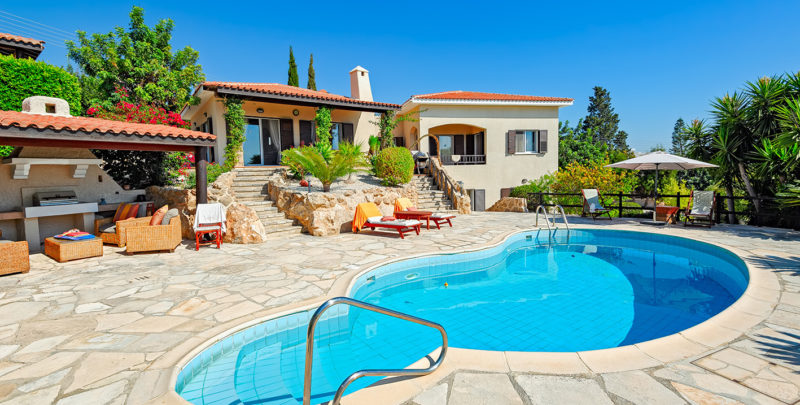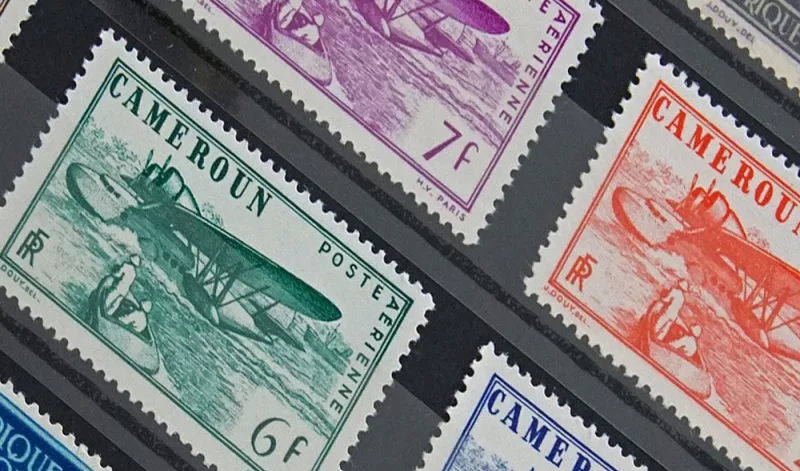These islands are becoming very popular for persons wishing to buy a holiday home and offer (for lovers of all things Spanish) an alternative to buying on mainland Spain. The Canary Islands are part of Spain but cast adrift off the coast of North West Africa, these volcanic islands emerged some 20, million years ago and today all display evidence of their volcanic history either in the form of classic dome shaped landscapes or ancient pock marked surfaces. The beaches vary from spectacular golden sand with desert like dunes through to long stretches of black volcanic ash.
The Islas Bonita’s have a “ fortunate “ climate and are blessed with almost all year round warmth, beautiful blue sky’s and a refreshing air that it is hard to match anywhere else in the world. Since the early 1950s it has been the place to go if you want to enjoy the winter sun and although these islands do not possess the same depth of history, architecture and culture as parts of mainland Spain, they have a charm and character all of their own, the landscape is diverse and enchanting and for many this is reason enough to visit this far outpost of Spain.
On these wonderful Islands you can experience many beautiful verdant valleys, a snow clad mountain, and hundreds of secluded beaches. Each Island has it’s own micro climate and they do often vary quite considerably, on some days it is possible to be bathed in sunshine on Lanzerote whilst over on Tenerife it will be pouring with rain. Many of the Canary Island are dramatically different from one end to the other, most to a certain degree possess good rich soils in which an abundance of crops can grow easily with little or no extra effort and these Islands now boast 4 out of the 10 National Spanish parks
The Canary archipelago consists of seven islands and a few minor islands which are not dealt with in this article. Tenerife, Gran Canaria, Fuerteventura, Lanzarote, La Palma, El hierro & La Gomera. They are located between 90km and 300km of the coast of North West Africa. Although historically part of Spain, in 1982 they gained the right to self government and they now have two capitals. Las Palmas on Gran Canaria has half of the government departments and the islands supreme court and Santa Cruz de Tenerife which has the other half and houses the islands parliament. The islands themselves are all of volcanic origin, luckily most are now long extinct although on La Palma and Lanzerote they still simmer away gently.
The largest and most popular island in the archipelago is Tenerife, here you will find the pulsating beach resorts watched over by the snow clad Mount Teide which rises some 3700meters above sea level. This is an island of contrast, the north is green and fertile whilst the south remains barren and dry. Fuerteventura is the second largest island and is famous for it’s stark lunar like landscape, here the warm golden sand is blown across the Atlantic Ocean from the Sahara desert and the island is stunning although opinion seems to be very polarized in this respect, If you like sand dunes and beaches then this is the island for you, it is very popular with windsurfers and still today has large undeveloped areas although recently, the southern tip “ Jandia” is beginning to see a bit of development. Gran Canaria is of a similar size to Fuerteventura and is the most densely populated of the Islands, of the 750,000 inhabitants, nearly two thirds live in the Capital, Las Palmas. This island is very popular for holidays and there are many fine resorts. Lanzarote and La Palma are of a similar size, again as with Gran Canaria Lanzerote is a particular a favourite with UK tourists. The two final islands, La Gomera & El Hierro are small in comparison with tiny populations, El -Hierro has only 8000 inhabitants. They are not built up in anyway and offer peace and solitude to any visitors that manage to venture to them.
Culturally the islands are quite diverse, the usual Spanish fiestas and religious festivals are much in abundance and anyone that has witnessed one will tell you that they are an unforgettable event.. There is a loose bond which holds these islands together and the Canarian population are friendly and inviting, they all protect their status as being independent from the mainland but there is much inter island competition with each other to offer he best range of services, hotels, restaurants etc.
Tourism has played a major part in the development of these islands and in the last 40 years, they have become associated with the package holiday and winter sun, although there are a number of well known concrete resorts, it must be stressed that away from these areas, there are still plenty of wildernesses to experience and enjoy. Alas this growth is tourism has come at a cost and a number of the local communities have been be devastated as locals move to the more lucratively paid tourist industry jobs.
Choosing a Canary Island to visit ( island hopping is not as developed here as it is on the Greek Islands) is very much a matter of personal choice, the holiday resorts offer an abundance of cheap meals and plenty of the staple home foods whilst at the other extreme, El Hierro is a world away and is truly an island where you can get a way from it all
It is with out doubt the climate that has attracted Northern Europeans to purchase holiday homes on these Islands, Whilst prices have risen quite considerably in the last few years (especially in the more fashionable areas of Tenerife) property is generally cheaper than on mainland Spain. During the winters months when we are all suffering from the cold weather, these islands are still bathed in sunshine and although not scorching, you will find it warm enough with a minimum of 15C,in fact Tenerife boasts the lowest temperature variation between the summer and winter months for virtually anywhere in the world.
Spanish Holiday Home Insurance from Assetsure





























